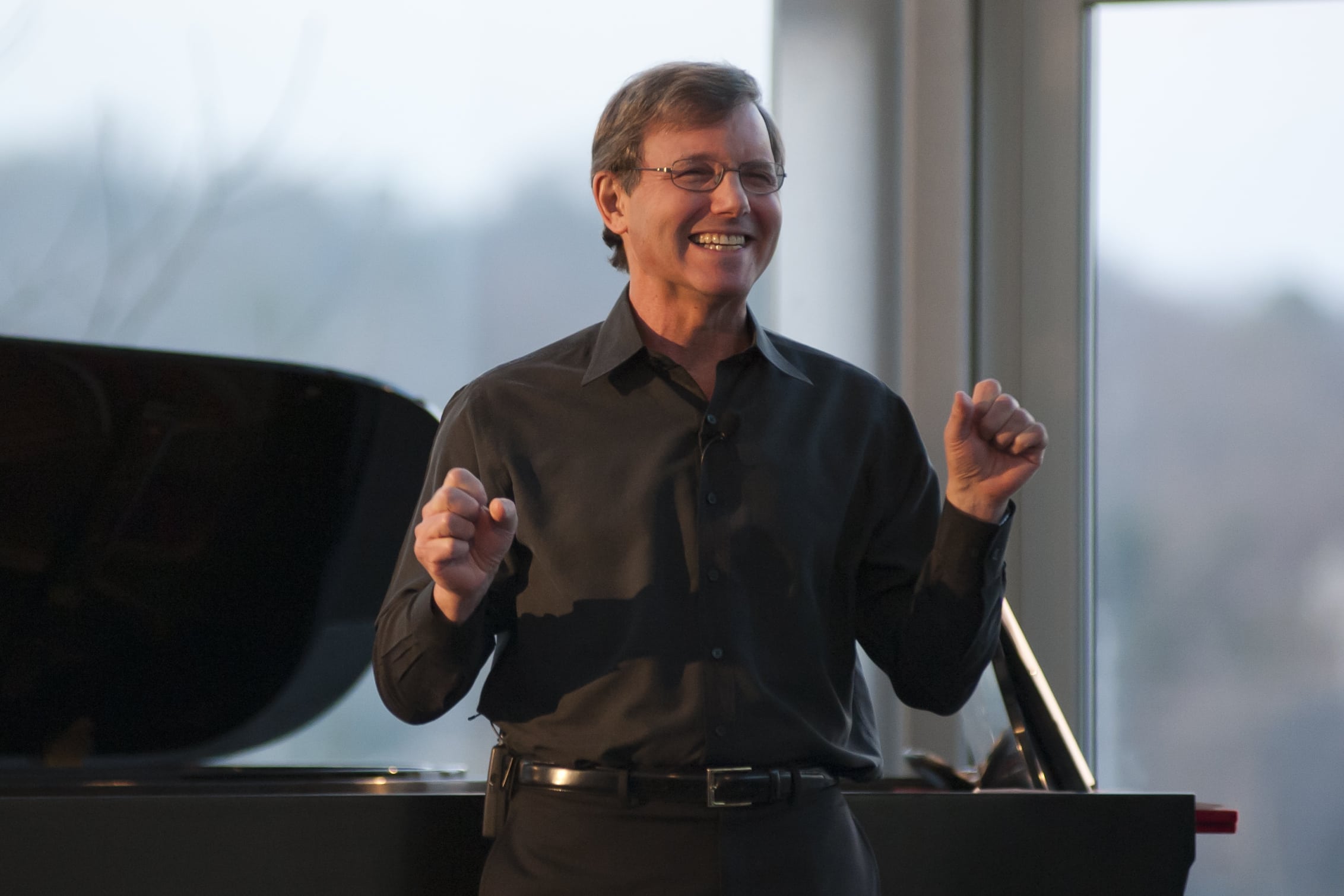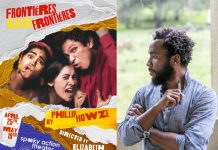For the past 10 seasons, conductor/composer/commentator/author Rob Kapilow has brought his acclaimed series What Makes It Great? to D.C. under the auspices of Washington Performing Arts. With his trademark format and knack for engaging audiences, Kapilow breaks works of music down to their essential components, giving people with all levels of musical knowledge a window into what, exactly, makes something “great.”

While many of his programs focus on classical masterworks, from Bach to Bernstein, Kapilow does not confine himself to one genre. In fact, many installments of What Makes It Great? are devoted to more “popular” tunes from Broadway and the Great American Songbook by Cole Porter, Stephen Sondheim, and more. According to Kapilow, there’s just as much to discover in these well-known songs as there is in a symphony by Mozart.
On November 4, Kapilow explores the Richard Rodgers Songbook in his first of two programs during the 2018/19 season for Washington Performing Arts. He answered our questions about the origins of the series, what to expect from the November program, and where he hopes to take What Makes It Great? next.
DC Theater Arts: What is the genesis of What Makes It Great? Was there a particular void you were seeking to fill when you started the series?
Rob Kapilow: During my freshman year at college, I was fortunate enough to take an inspiring art history course with a wonderful professor named Robert Herbert. Before taking the class, I had enjoyed going to museums, liked certain paintings, didn’t like others, but overall hadn’t given much thought or attention to why. I knew what I liked, and that was enough.
In addition to classroom lectures, every Friday we would go to the Yale Art Gallery and spend an entire session on a single painting. These sessions were a revelation to me. I realized that I had never really looked closely at a painting. I was astonished week after week to realize how much I had completely missed in paintings that I thought I knew. Each week, prodded by the professor’s careful attention, a painting would materialize before my eyes as if for the first time. The course began to teach me the difference between looking and seeing.
The idea behind What Makes It Great? began for me with that course. In some ways, music poses even more difficulties than art because it refuses to sit still for us. It happens in time. And in great music, so much goes by so quickly that it requires careful attention to hear it all. The programs are about listening. Paying attention. Noticing all the fantastic things in great music that race by at lightning speed, note by note, and measure by measure. Listening to a piece of music from the composer’s point of view—from the inside out.
Which songs do you plan to feature from the Richard Rodgers Songbook? When did you start delving into non-classical works like Rodgers, Sondheim, and Cole Porter, and why did you decide to move in that direction?

I’ll be talking about “I Wish I were in Love Again,” “My Funny Valentine,” “Soliloquy,” and “If I Loved You,” plus an encore. I began working on American Songbook material during the time I was doing What Makes It Great? at Lincoln Center. Great Performers, who were presenting my series, also presented an “American Songbook” series, and they asked me if I would consider taking the approach to that repertoire. I had always loved that music (I spent a year conducting the original production of Nine on Broadway over 300 times!), but never really thought about why. But as I began to look at that repertoire as if the songs were by Schubert or Schumann I was amazed. Both by their superb craft, and how much I had missed in songs I had known all my life. It also proved to be a wonderful way to get audiences to hear more in the music they were listening to, as unlike a Beethoven Symphony or Mozart Sonata I was now working with songs the audiences, in general, knew by heart. Watching them discover how much they had missed in music they thought they knew was extremely exciting for both myself and the audience.
You seem to be heavily invested in providing a democratic experience with What Makes It Great?, proving that great works of music can be enjoyed equally by people with all levels of musical knowledge. What would you say is your ultimate mission with WMIG?
The ultimate mission of What Makes It Great? is to help people experience the joys of paying attention and close listening and discover that great music of all kinds can be deeply appreciated by anyone. As the title of my first book puts it, “All You Have to Do is Listen.”
You are a composer yourself; have the principles of great music you’ve talked about on WMIG informed your own compositions?
I do a great deal of composing, and in the same way that a novelist’s reading or teaching of great novels, or a poet’s reading or teaching great poetry shapes and influences their writing, studying great music has influenced my own composing. Not so much in the sense of copying the styles of the composers I look at, but in the sense that looking at how great music narrates and works with ideas–how musical stories are told with notes–cannot but help influence one’s own writing.
Lately, there’s been an influx of podcasts breaking down pop music (Switched On Pop, Song Exploder, and more). Would you ever consider making WMIG into a podcast to reach new audiences? What are your plans for WMIG going forward?
I would absolutely consider doing a podcast and have been looking into it. I am also looking into possibly a televised WMIG series and even virtual reality. I am interested in sharing the joys of close listening and music with anyone, anywhere, through every possible platform.
Rob Kapilow brings What Makes It Great: the Richard Rodgers Songbook to Baird Auditorium in the Smithsonian Natural History Museum on Sunday, November 4 at 6 p.m., co-presented by Washington Performing Arts and Smithsonian Associates. Visit washingtonperformingarts.org for tickets and more information.




